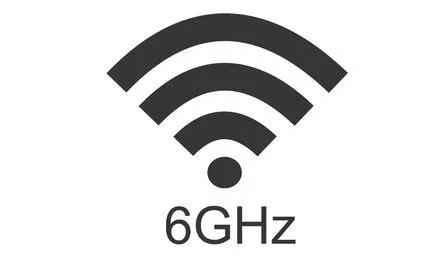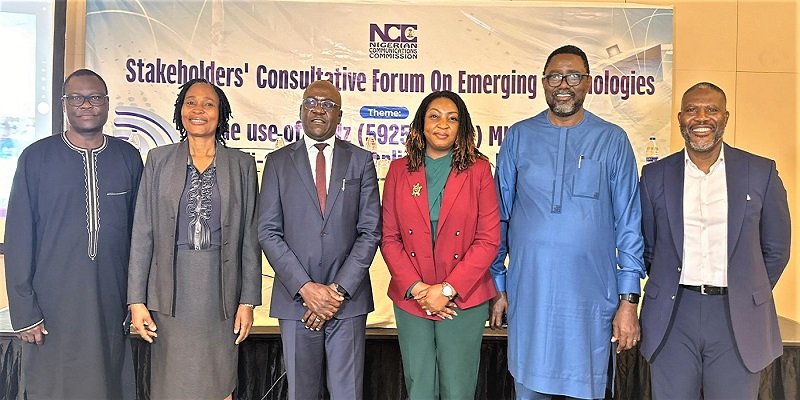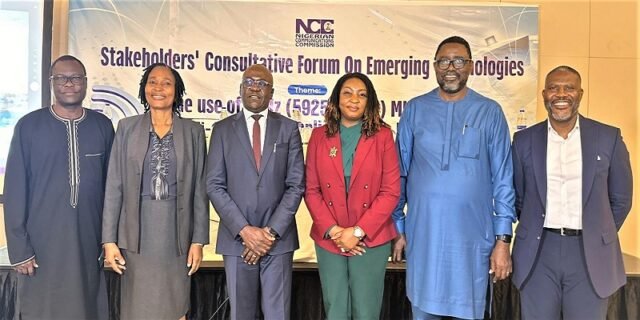In a decisive stride toward modernising Nigeria’s telecoms landscape, the Nigerian Communications Commission (NCC) has unveiled draft regulatory guidelines for the use of the lower 6 GHz spectrum (5 925 – 6 425 MHz). Released on 14 August 2025, these guidelines aim to unlock investment, spur innovation, and guarantee the efficient deployment of high-speed, high-bandwidth, and low-latency wireless services throughout the country.
The NCC’s announcement marks a pivotal moment: this portion of the spectrum will now be accessible for Wireless Access Systems (WAS) and Radio Local Area Networks (RLAN)—notably Wi-Fi 6—on a license-exempt, shared basis. However, stakeholders must procure an Operational Licence-exemption certificate from the NCC before deployment.
At the core, these guidelines outline four foundational elements: type approval, operational and technical conditions, spectrum-sharing mandates, and regulatory oversight. Through these provisions, the NCC signals its intent to foster growth while safeguarding spectral integrity.
Table of Contents

Types of Permissible Use & Technical Criteria
To ensure both flexibility and order, the guidelines delineate two main device categories and their technical thresholds:
- Indoor Low-Power (ILP) devices: Restricted to indoor usage, these can operate up to 23 dBm (200 mW) with a mean in-band emission limit of 10 dBm/MHz.
- Very Low-Power (VLP) devices: Permitted for both indoor and outdoor use (with the exception of drones or fixed outdoor services unless separately licensed), these are capped at 14 dBm (25 mW), with mean in-band emissions up to 1 dBm/MHz.
These specifications are designed to balance optimal performance with minimal interference, while enhancing the overall user experience.
Additionally, type approval is mandatory: all equipment must be certified by NCC before importation or deployment, and any deviation from approved types may attract sanctions.
Spectrum Sharing & NCC Regulatory Authority
Reflecting a strategic approach to spectrum management, the guidelines establish robust spectrum-sharing mechanisms:
- Protection for licensed Fixed Service users: Those operating under approved licences must not suffer interference.
- Obligation on license-exempt users: Entities operating without a full licence are required to share the spectrum responsibly, ensuring that their use does not disrupt incumbent services.
Moreover, the NCC retains comprehensive powers to inspect deployments, enforce compliance, and resolve disputes arising from spectrum usage. In this way, the Commission underscores its commitment to both safeguarding public interest and enabling innovation in wireless access.

Aligning with Global Standards & Future-Readiness
In a strategic nod to international best practices, the NCC confirmed that these guidelines align with standards such as IEEE 802.11ax (Wi-Fi 6) and ETSI EN 303 687, reinforcing compatibility with global frameworks and facilitating cross-border cooperation.
Dr. Aminu Maida, Executive Vice Chairman/CEO of the NCC, emphasised that as new technologies emerge, the Commission will periodically review these guidelines to ensure they remain relevant, effective, and in step with technological progress.
This approach not only reinforces Nigeria’s adaptability but also elevates the nation’s readiness to harness future advancements—from ultra-fast urban internet to rural digital inclusion.

Why This Matters—A Personal Note from the Editor
As someone deeply invested in Nigeria’s digital journey, I see this moment as more than just a policy release—it marks a turning point. By thoughtfully crafting technical rules, requiring equipment approval, and embedding enforcement mechanisms, the NCC is laying a firm yet flexible foundation for next-generation connectivity.
Whether you’re a tech entrepreneur planning Wi-Fi 6 deployments, a device manufacturer eyeing market entry, or a rural ISP intent on bridging the digital divide—these guidelines open the door to new opportunity. And with the nod to global standards and the promise of periodic updates, it’s clear the NCC is not just regulating—but enabling.
Join Our Social Media Channels:
WhatsApp: NaijaEyes
Facebook: NaijaEyes
Twitter: NaijaEyes
Instagram: NaijaEyes
TikTok: NaijaEyes




